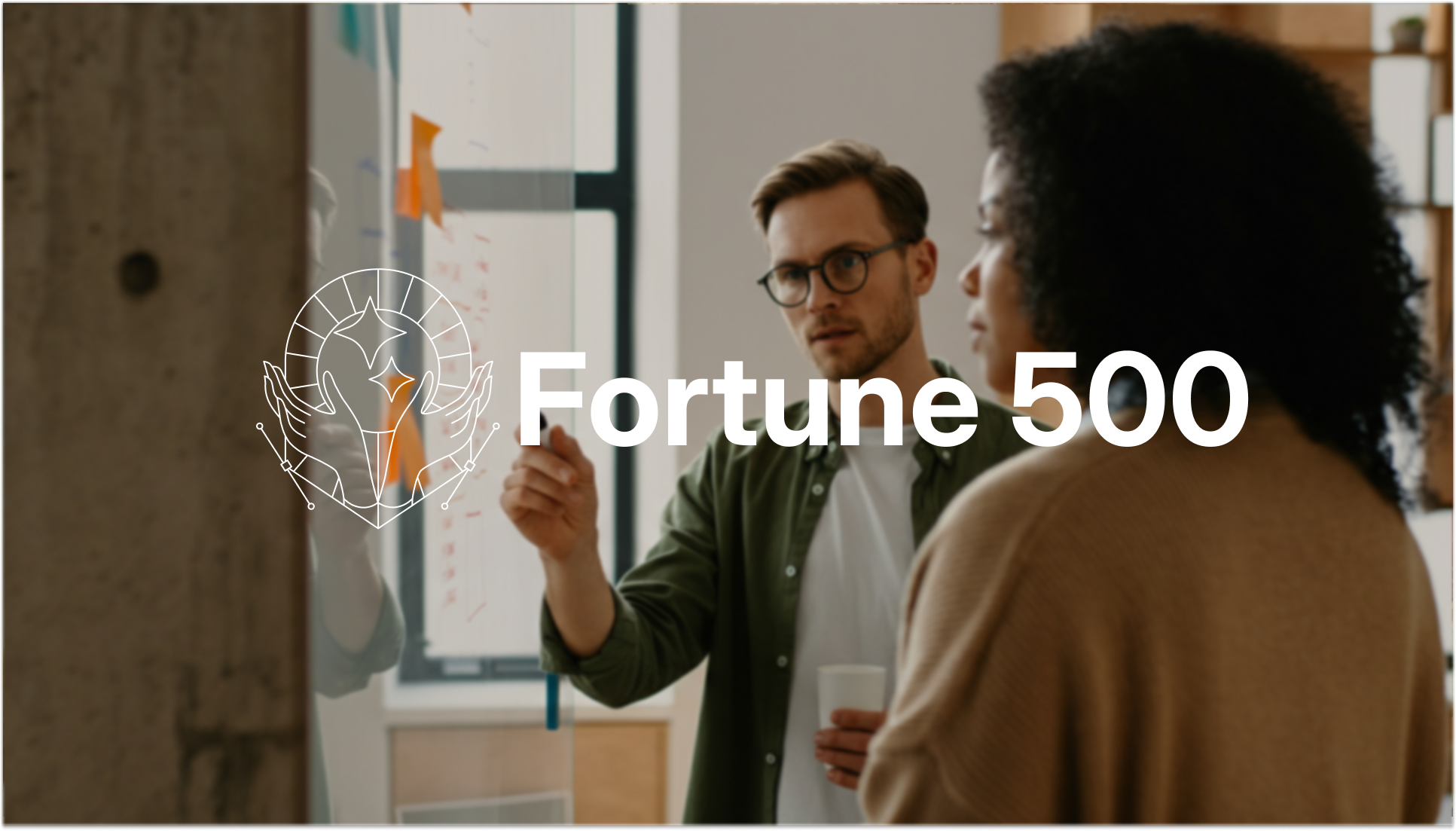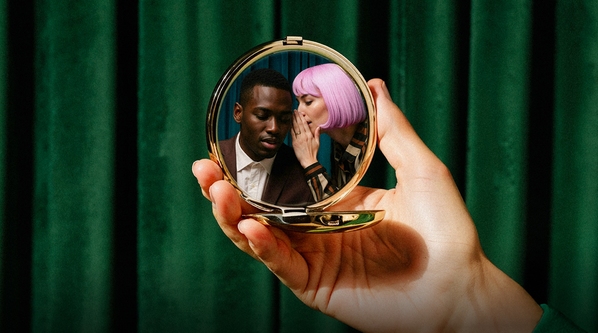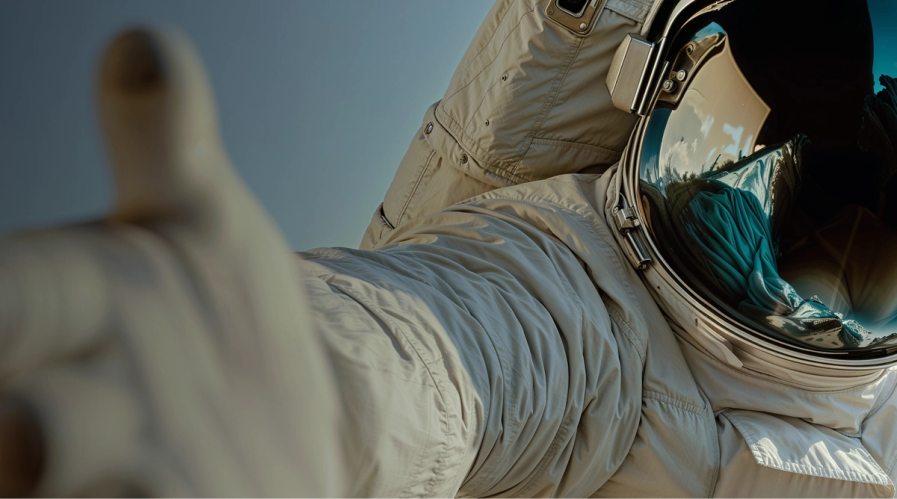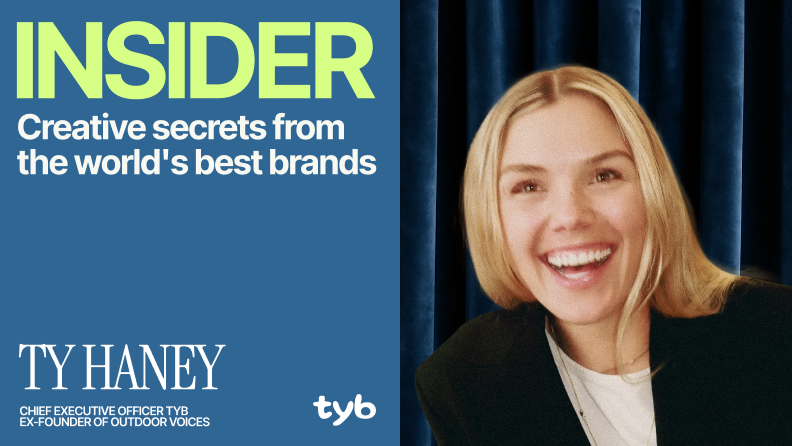
Want to turn customers into superfans? Learn how Ty Haney, Co-Founder and CEO of Try Your Best, is rewriting the rules of engagement by building community-powered brands. We’ll break down how she does it—plus share real examples to help you build your own.
Ads don’t seem to hit like they used to. Your customer acquisition cost is through the roof. And even when you do bring in customers, it feels like they’re only with you for a moment before disappearing forever. Some brands might be able to sustain their growth in these conditions, either because they have a massive war chest or their customers make massive transactions.
But for most, there’s a better way to grow. By building a community and a fan base, you can get customers for life.
At Superside’s Insider Summit, Ty Haney, three-time founder and current CEO of Try Your Best, shared how her approach to community has catapulted the brands she’s built to new heights—and how her latest venture has turned this into a business.
What is community-led growth?
The traditional, linear marketing funnel isn’t real anymore. Now, it’s about making connections and building experiences.
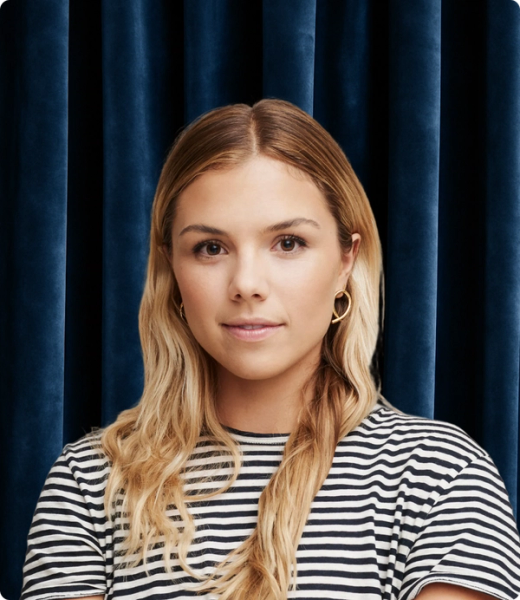
In short? Shifting from acquiring customers to building a fan base. It means creating experiences that reward customers, granting them access to exclusive perks, and giving them something to get excited about beyond the transactional. It’s about giving them opportunities to become obsessed with your product and your brand until they become micro-influencers.
It’s not just having a loyalty or rewards program. The experiences and rewards you create can be as varied as your customers, but they need to have one thing in common. They need to bring your brand to life in a way that’s uniquely you. If you’re an activewear brand like Haney’s Outdoor Voices, that might mean hosting the OV Dog Jog, a low-stakes race for your fans and their furry friends.
An experience like this brings your burgeoning community together out in the real world to do something fun, unique and undeniably connected to your brand. It goes beyond making a sale or creating a touchpoint. It builds community by creating memorable experiences.
Your brand’s growth comes from those experiences, in what Haney describes as a flywheel:
- Engagement
- Enthusiasm
- Passion
- Love
- Share
By creating experiences and offering perks that align with your brand's mission, you entice customers to engage with your brand outside the typical transactional relationship they expect.
When these experiences strike the right balance between being rewarding and unique to your brand, customers get enthusiastic about them. With enough of these experiences, they become passionate about what you stand for, fall in love with your brand, and go from customers to loyal fans. That's when they start sharing what you're doing, bringing in people from their circles.
Haney’s step-by-step guide for community-led growth
Building a community may not happen overnight, but it doesn’t have to be complicated. Brands already have most of the tools they need, they just need to use them a bit differently. And for what they don’t already have access to, there are tools like Try Your Best, which allows marketers to systematically build and reward their community.
No matter what kind of community you’re trying to foster, whether you’re a B2B or DTC brand, here’s your step-by-step guide for growing with community.
Step 1: Clearly state your mission
Your brand needs a unique vision and a statement that clearly articulates it. Not only will everything else you do flow from this, but it gives your fans and your community a clear message to rally around.
Every brand needs a clearly articulated mission, vision, purpose—a reason for being.

For Outdoor Voices, one of Haney’s own brands, it was about getting people moving. But not in the performance-focused, hyper-competitive Nike way.
Step 2: Create rituals for activation
Rituals for activation are experiences and events that go beyond just trying to get a sale. They give potential customers the chance to engage directly with your brand in a way that fits your mission.
“Our brand was rooted in getting people moving, so our rituals for activation were all about large-format running clubs, dog-walking clubs or hiking clubs,” Haney said.
Step 3: Give community members a space to connect
Community needs to go beyond one-to-one interactions. Give your fans a space to interact with each other and bring in new potential fans. For Outdoor Voices, in-person fitness meetups were that space.
Step 4: Reward your burgeoning community
“Historically, fans haven’t been rewarded for actions they take beyond making purchases,” Haney explained. Even the most well-thought-out loyalty and rewards systems are tied to purchases, meaning customers don’t get much out of interacting with your brand outside of checking out.
These rewards can be anything from exclusive merch to private events and special deals on new products.
Why brands need community
There was a time when sending sales letters through the mail was the best way to get customers. Copywriters spent days crafting just the right words to build a convincing case for their brand. Skip a few decades, and placing ads on burgeoning social media platforms offered such a massive ROI that it was essentially printing money.
But sales letters don’t work anymore. Social ads still do, but brands are getting diminishing returns on them.
Over the next 18 to 24 months, every brand is going to have a fan channel to connect, motivate and incentivize their super fans.

Building community might just be the next big thing. Gen Z is digitally native. They recognize ads so quickly that they scroll past them in seconds. They don’t want to be advertised to. They’re looking for experiences that make them part of a community, help them build their identity, and build status. This is where brands can get their attention.
Community-led growth has impacts beyond pure reach. Dig into the numbers of a brand built on community, and you’ll find the value of those efforts. Haney shared two big numbers that’ll make any marketer pay attention:
- 43% higher purchase frequency.
- 6x faster LTV growth.
Customers who come in through your community are more likely to become fans, to get obsessed with your products, and come back for more. Community-led growth isn’t just great for reach, it’s great for building sustainable businesses.
Your fans become four times more valuable when you build with them.

There’s another big advantage to that community: UGC, or user-generated content. This kind of content, created by influencers or real customers, promotes your brand while slashing your customer acquisition costs. With a vibrant community, you don’t have to hire influencers to make this kind of content. With the right experiences and rewards, your fans will make it for you.
“Topicals, the fastest-growing skincare brand at Sephora, started sending community members on influencer-style brand trips for taking actions like creating great UGC,” Haney said. “We’re seeing this shift where UGC is about more than just having high-converting content. It’s about making VIP experiences available to people who haven’t had access to them before.”
3 examples of brands that thrive on community
In our summit session, Haney did a lot more than just tell us why community-led growth is so important. She brought receipts.
Outdoor voices and the exercise dress
The exercise dress already had a powerful message behind it: you can do anything in a dress. But going beyond that statement, to build a community around this product and the values it represents, meant creating an event that undeniably screamed “Outdoor voices.”
An event at New York’s iconic center for the performing arts, early access to the product for people who registered, and encouragement to make it their own led to an awesome community event with lasting impact.
Glossier and collectability
Glossier uses Try Your Best’s digital collectibles to build a sense of community around exclusive memberships and identity. But they recently brought that into the real world by tying exclusive collectibles to specific stores. Combined with a holiday theme and a time limit for unlocking them, these collectibles prompted Glossier’s community to take action, visit stores and engage with their brand.
The result? 6,000 new customers.
Rare Beauty by Selena Gomez
Rare Beauty already had a community 2000-people strong, called “besties.” With this as its foundation, all the brand had to do was find ways to activate, engage and grow its fan base. One initiative that made this happen? Rare World.
Built using Try Your Best’s platform, Rare World allows the brand’s fans to join an exclusive community, get access to exclusive virtual events and participate in a rewards program.
Just a few Instagram posts from founder Selena Gomez led to thousands more people joining the community.
Help people find their tribe
We’re all looking for connection and community. But typical rewards programs feel dated, and they’re not a particularly strong foundation to build a brand on. With community-led growth, you can distill your brand’s entire essence into experiences, rewards and an identity that your audience will be dying to be a part of.
Haney’s Try Your Best gamifies community, giving brands and their customers access to a platform that feels a lot like social media but is so much more rewarding. But whether you use tech to accelerate this or tried and true marketing strategies, just remember that it’s about helping people connect with people, things and experiences they’ll treasure forever.





